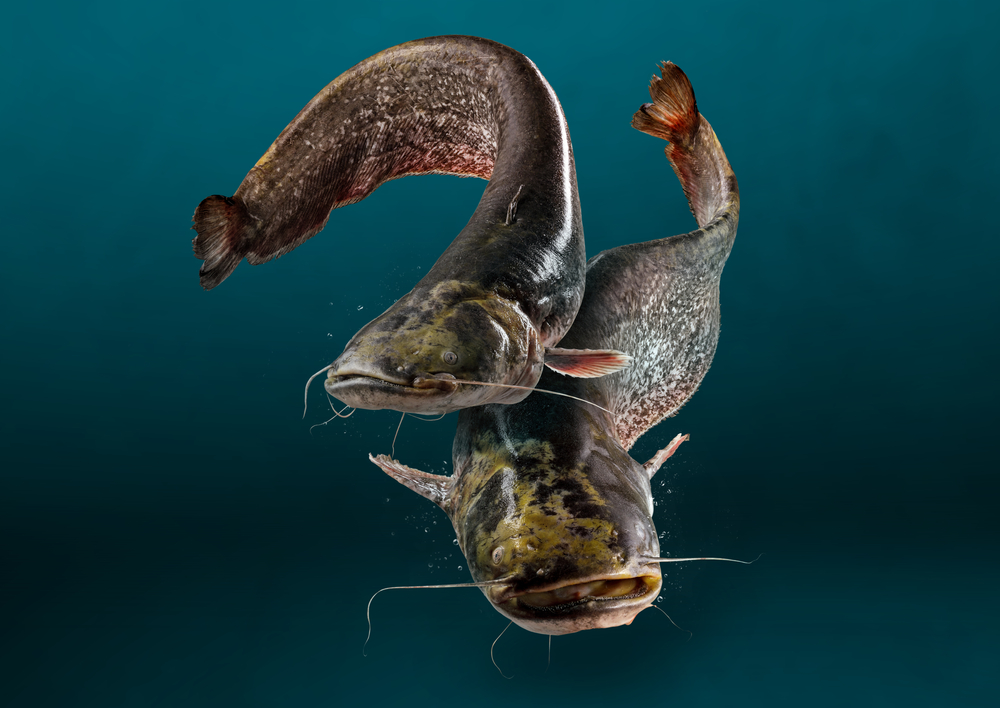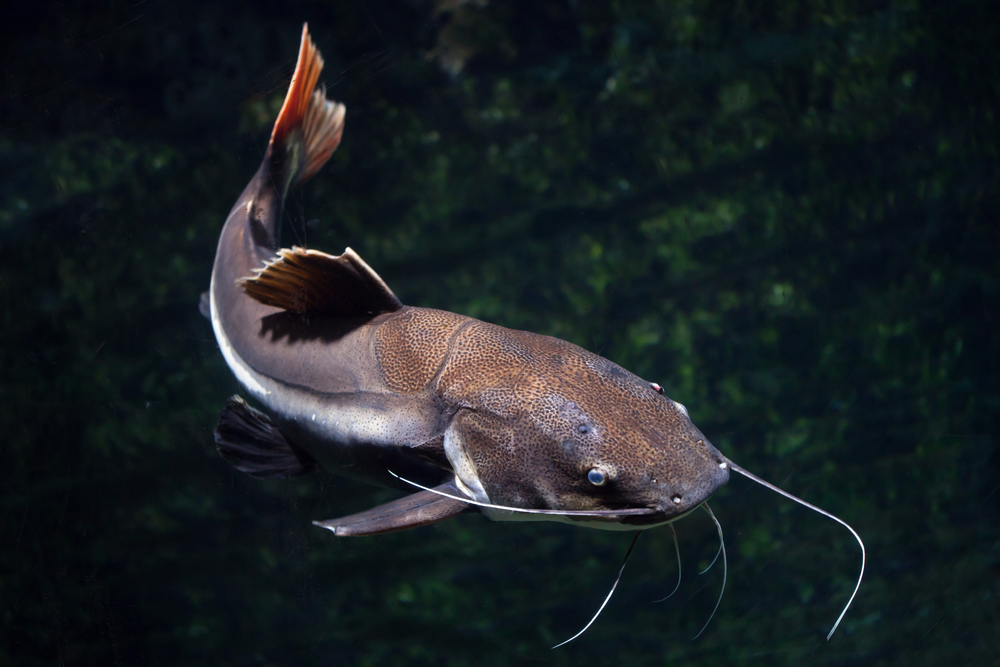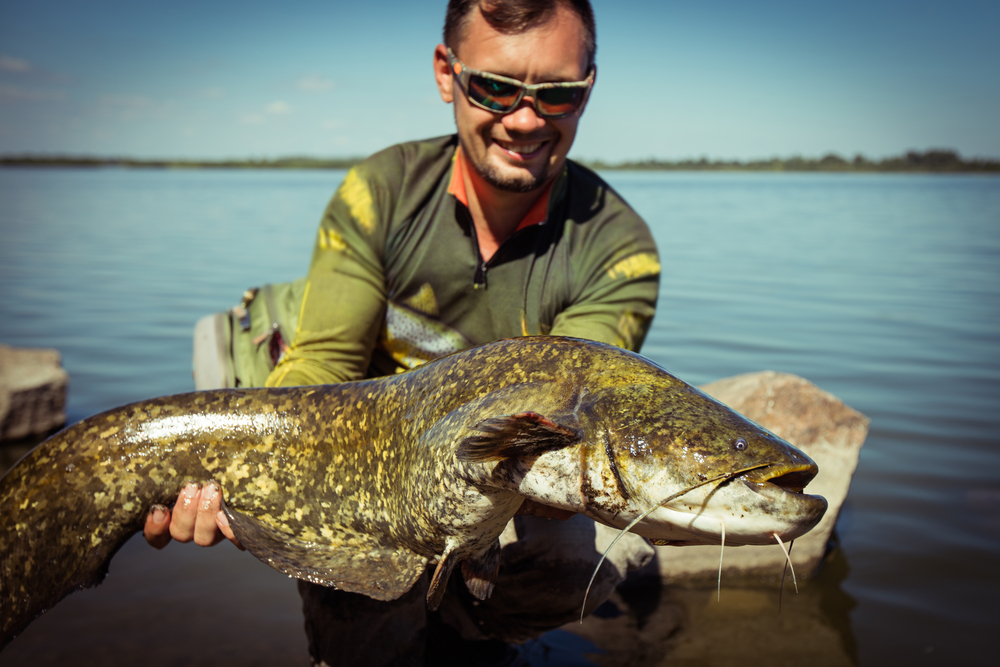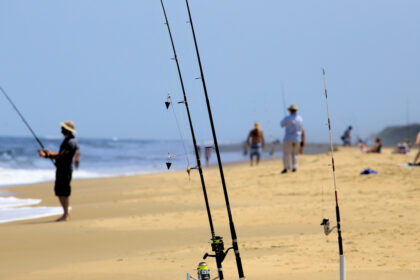
Fishing is one of the most relaxing and popular activities one can engage in. However, you can’t catch all fish the same way, especially if their environment is different. For example, lake fishing for catfish requires a few special tips and tricks to be accomplished successfully!
According to Union Recorder’s Sports article, the three species of catfish found in lakes are Blue Catfish, Flathead Catfish and Channel Catfish. In order to fish for these animals successfully, one must understand their diets, the times they are active, and the locations they frequent, as well as honing their fishing technique.
Fishing for catfish in a lake is a fun pastime, but it’s even better when you’re successful at it! In this article, you’ll find out what the lake catfish species are, what gear you’ll need to catch them, and the best times, locations, and techniques to do so!
What Are the Lake Catfish Species?
Knowing which catfish species you’ll find in a lake is critical to understanding how to catch them. Each species, much like individual humans, will have different habits and favorite foods. Below is a list of catfish species that you can find in a lake:
- Blue Catfish
- Channel Catfish
- Flathead Catfish
Let’s take a closer look at each of these three catfish species so you know what you’re fishing for!

Blue Catfish
A blue catfish lives up to it’s name. You’ll know you’ve reeled one of these in by it’s blue, gray, or black coloration. It is unspotted, can reach upwards of 100lbs, and has a forked tail. You can find them in Ohio, Mississippi, southeastern Texas, northern Guatemala, Mexico, and Missouri.
You can eat Blue Catfish for food! It is one of the bigger catfish, and you tell them apart from the channel catfish by how many rays their anal fins have. A blue catfish has anywhere from 30 to 35 of these rays.
Young blues eat water-dwelling bugs and smaller fish, but when they reach 24 weeks, they will begin eating mussels and crayfish, as well. They don’t mind eating carcasses that are newly deceased, and live to about 30 years of age at most.
It is almost always fun to bring in a blue catfish, since they are known for their fighting spirits. One thing to remember when finding blue catfish in a lake is that they prefer strong-smelling prey, so while they might go for artificial baits, it is smarter to hook a smaller, oily, live fish and send it out!
You can find Blue catfish in both shallow and deep water. They like to scavenge for the leftovers beneath schools of bass or feed at the very surface.
Channel Catfish
A channel catfish is usually gray or olive-colored with darker spots. The more spots, the older the catfish! It will not normally get larger than 30lbs, and also has a forked tail. Remember when trying to distinguish this fish from the flathead variety that a channel has a bit of an overbite in appearance and a distinctly forked tail in contrast to flathead’s flat ones.
Adolescent channels like to eat bugs, but as they grow to maturity in 6 years, they will enjoy an omnivorous diet. They will eat smaller fish, planets, bugs, crustaceans, and mussels.
Channel catfish aren’t as picky eaters as blues, either. They will take worms, crawfish, baitfish, or even cheese-based baits like dip baits and punch baits.
You can find Channel catfish in just about any lake in the U.S., and fishing for them where there is little to no current is a good bet.
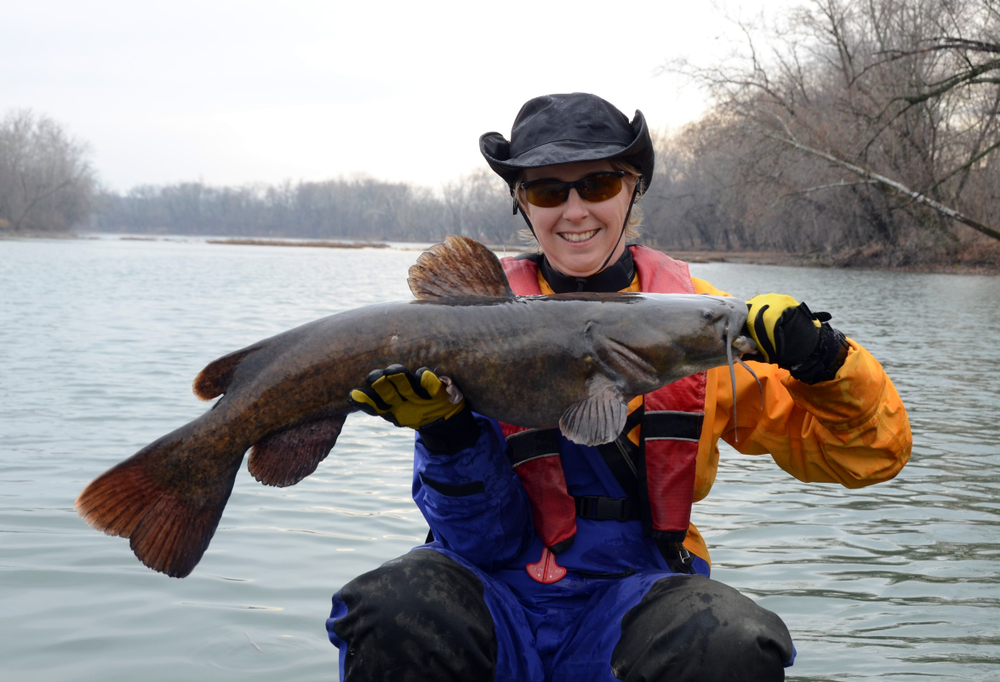
Flathead Catfish
The flathead catfish is another one named for it’s appearance. It has a flat head, brown or black coloration, and no forked tail. It can also get bigger than 100lbs.
A flathead catfish is easy to identify when lake fishing because it doesn’t have scales, has no distinguishable fork in it’s tail fin, and is totally different in color thanks to it’s muddy skin.
Even the youngest generation of flatheads eat only live food. They will start on worms, crayfish, and other invertebrate life forms. However, when they reach maturity, they’ll settle only for any fish they can swallow—including their own kind!
This catfish not only can only be caught using it’s fish diet, but is also less easy to find. In contrast to the plentiful channel catfish or sometimes surface-feeding blues, the flathead catfish likes to swim alone and hide out under banks and logs until night. At nighttime, you can find the flathead in the shallows or in cloudy, low-current waters, feeding.
Best Locations to Catch Lake Catfish
A big part of any successful fishing trip is being prepared. Therefore, it is a great idea to know the best places to fish for catfish. Below are a list of the best lakes to find each species of catfish:
- Blue Catfish – Lake Marion, South Carolina and Lake Moultrie, South Carolina.
- Channel Catfish – Calumus Lake, Nebraska and Lewisville Lake, Texas.
- Flathead Catfish – San Carlos Lake, Arizona and Lake Havasu, Colorado.
If you decide to take a trip to load up on any of these species of catfish, specifically in lakes, you’ll find that each of the above locations is one of the top in the country for fishing!

Best Times to Catch Lake Catfish
If you’re going to catch catfish in one of the lakes listed above, it will help to know the best times. Each catfish species is active at a slightly different time. Check out the table below to see what prime fishing times are for each species:
| Best Times to Catch Blue Catfish: | The best months are from March to the end of May, either at night or in low-lighting, tough they can be cought throughout the day. |
| Best Times to Catch Channel Catfish: | The best months are from late may through the beginning of July, or from October through the middle of November in warm climates. The best time of day is before the sun warms the water, from sunrise until a few hours before noon. |
| Best Times to Catch Flathead Catfish | The best months are any of the months except winter, but particularly between May and August due to warm water. It isn’t impossible to catch flatheads during the day, but at night is the best time. |
Recommended Gear for Lake Fishing For Catfish
A fisherman is only as good as their gear! It takes particular types of equipment to get the most out of your fishing experience, and lake fishing for catfish is no exception. Check the list below for prime catfishing gear and how to use it.
- Catfishing Rods – Catfish are a fighting, formidable species even when small for their species. Because of this, choose at least a six-inch power rod with heavy power. Consider how deep you need your bait to go when choosing a rod’s length. Remember that Flatheads and Blues are likely to be near the bottom!
- Catfishing Reels – A good reel is well worth the money when fishing for catfish. Try not to resort to a spinning reel and instead invest in a baitcaster. These are positioned on top of a casting rod and feature a trigger instead of below the spinning rod. This will be a big help when reeling in big, impressive catfish!
- Catfishing Lines – You want at least a 15-pound line for catfishing, if not the sturdier 30-pound line. Also consider investing in bright bobbers so you know where your line is. It’s rare to find catfish in a crystal-clear lake!
- Catfishing Hooks – Treble hooks are the best for catfishing. These are sharp and versatile for getting through the thick jaw of a Catfish. However, a circle hook is comparable to a treble hook if catching large fish.
- Nets – Any net that is sturdy and at least 1 inch bigger than the actual length of the catfish you’re going after should be fine.
- Gloves – Catfish fins are incredibly sharp and can cause damage, not to mention the injuries caused by a wayward hook. Make sure you’ve got a strong pair of well-fitted fishing gloves!

Best Catfishing Techniques
The best catfishing techniques are to arrive at the lake at the correct time for the fish you hope to catch’s habits and come prepared with adequate bait and gear. However, below you’ll find a few additional tips that won’t hurt your chances!
- Still Fishing – Still fishing is a method of fishing which involves simply casting out your bait and waiting for a bite on the other end of the line. It is great for a relaxing day, and can be augmented by drifting your bait through the water to leave a scent trail (especially if you’re trying to catch blue catfish!)
- Cast Near the Banks – Remember that Flatheads, especially, love to find cover and hunker down until nightfall. Cast your bait near fallen trees or overhanging banks and then reel it in by one or two turns.
- Cast at Varying Depths – Blue Catfish in particular like to explore for food, scavenging on both the bottom and surface of lakes. Try several different depths to fish for them successfully!
In Conclusion
In conclusion, the three types of lake-dwelling catfish are Blue Catfish, Channel Catfish and Flathead Catfish. Each has their own habits, such as the nocturnal schedule of the Flathead fish or the omnivorous diet of the Channel.
Once you have the strongest gear and are well acquainted with great locations, you’ll be ready to succeed at lake fishing for catfish!
